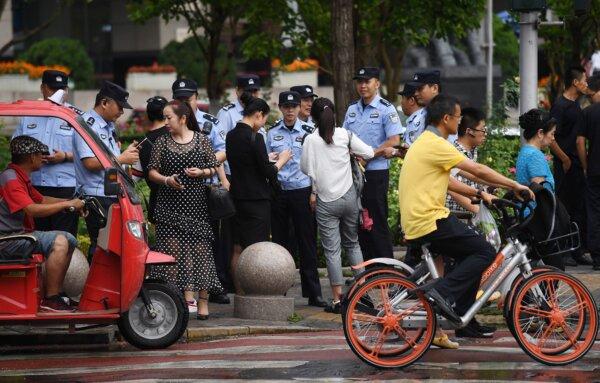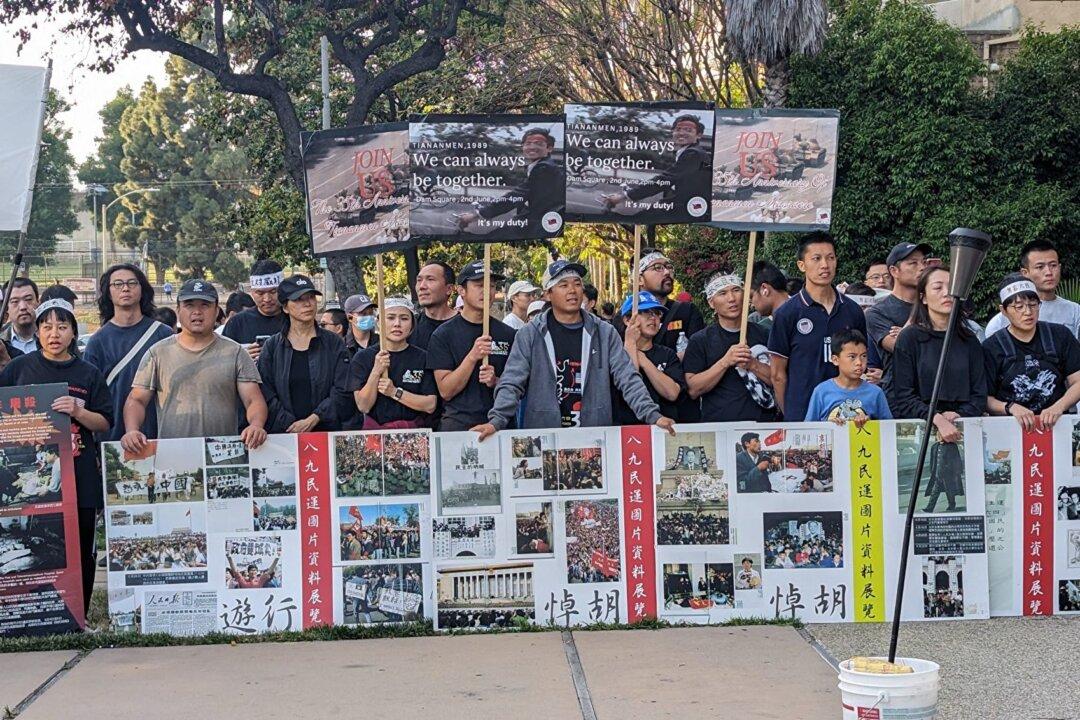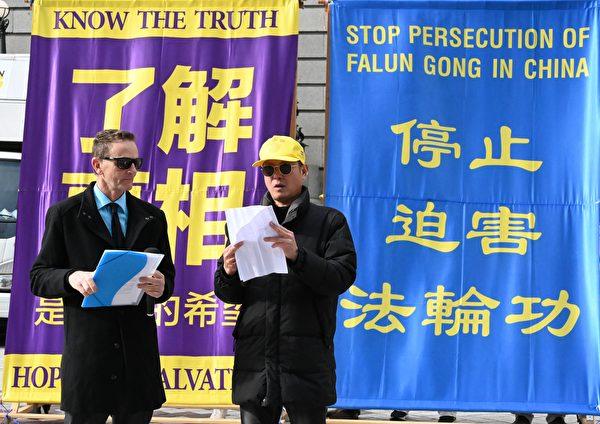It has been over five years since China’s peer-to-peer (P2P) lending platforms collapsed, yet many platform executives have evaded accountability. This has left countless investors destitute and unable to seek restitution.
The Chinese P2P lending phenomenon emerged around 2006, allowing direct lending between individuals via online platforms, bypassing traditional financial intermediaries. The model surged in popularity in 2013 amid a boom in internet-enabled finance, according to a report by The Peterson Institute for International Economics (PIIE).
Awakening from The P2P Lending Crisis
Reflecting on his own experience, Mr. Zhao recounted to the Chinese language edition of The Epoch Times, “I started investing in P2P in 2016, during its late stage. Platforms like Ezubao and Fanya had already collapsed. Unable to bypass internet censorship, I sought investments perceived as safe, such as YinPiaoWang, which dealt with banknotes and matured bills similar to bank term deposits.”According to Mr. Zhao, state media actively promoted YinPiaoWang, “Platforms like YinPiaoWang were endorsed by state entities. We were assured by visits from senior officials and endorsements by regulatory bodies.”
Public records show that YinPiaoWang launched in August 2014 with substantial backing, but by July 2018, its president, Yi Deqin, had surrendered to authorities, citing insolvency due to a disrupted capital chain.
“My family trusted my judgment and invested, losing over one million yuan ($140,000), including my uncle’s life savings—nearly 800,000 yuan ($112,670),” said Mr. Zhao.
Cheng Nuo (pseudonym), a lender with the Tianjin-based Huisheng P2P Platform, is among the many victims of the P2P lending crisis who have since renounced their allegiance to the party.
Speaking to The Epoch Times, he expressed frustration: “The victims number at least 320 million. I am one of them. Initially, I believed the government’s initiative would be beneficial, but it was ultimately deemed illegal. When we sought to defend our rights, we were arrested. I’ve been fighting for our rights for three or four years, but it’s futile. They suppress and intimidate us, but we cannot accept it.”
Ms. Zhao (pseudonym) invested 12.6 million yuan ($1.74 million) in Ezubao and 3 million yuan ($410,000) in Cedar International Trust, only to lose all her savings. Despite numerous appeals, she faced constant repression, which she said drove her to realize the cruel nature of the CCP and renounce the party.
Endorsed, Promoted, But Deemed Illegal Overnight
The Chinese government initially supported P2P lending, with Premier Li Keqiang endorsing internet-enabled finance during his 2015 government report.However, warnings from Chairman Guo Shuqing of the China Banking and Insurance Regulatory Commission in June 2018 preceded the collapse of many P2P platforms disguised as being backed by publicly traded companies or state-owned enterprises. Countless investors were financially ruined.
By August 2020, over 5,000 P2P companies had vanished, leaving investors reeling from losses totaling more than 800 billion yuan ($113 billion).

What made it even harder for investors to accept was that not only did they lose everything, but the officials’ once highly praised investments have now been labeled as illicit financial activities.
The aftermath saw protests across major cities that were met with a heavy-handed response from authorities. In Beijing, a mass petition in August 2018 was suppressed, leading to arrests and accusations of “disrupting public order.”
According to Mr. Zhao, the police attacked the protestors like criminals, and in despair, at least four of them committed suicide.

Mr. Zhao, disillusioned by the system’s betrayal, attempted to appeal to Premier Li Keqiang.
“I was naive, believing that the top leadership could help, and it’s the local government’s fault,” he said.
Mr. Zhao said he earnestly wrote a letter to Mr. Li detailing the financial disaster across the country and the people’s unbearable pain, hoping that the central government could address this issue.
However, he found his efforts stifled. “The top leadership’s reluctance to acknowledge the financial disaster was disheartening. It became clear they were complicit,” Mr. Zhao said.
Mr. Liu underscored a critical deficiency: these non-governmental entities lack access to crucial corporate data such as credit histories, financial health, and repayment capacities. Consequently, businesses with poor credit standings, unable to secure loans through traditional avenues, increasingly turn to P2P platforms for financial lifelines. This influx of high-risk clients, compounded by inadequate risk management practices before, during, and after lending, exponentially heightens financial vulnerabilities. Consequently, despite their proliferation, P2P lending fails to gain significant traction in countries boasting stringent financial regulations.
His data paints a vivid picture of the explosive growth of P2P platforms in China. Initially numbering a modest 160 between 2007 and 2012, their ranks skyrocketed from 2013 onward, surpassing 10,000 by 2018. Of these, more than 6,000 were officially recognized—a surge attributed largely to deliberate governmental endorsement.
This meteoric rise in China stands in stark contrast to the developmental trajectories observed in other global regions within the P2P sector. According to Mr. Liu, this phenomenon was not incidental; rather, it was actively nurtured by the regime.
He alleged, “The CCP encouraged financial innovation through state media and semi-official entities. Banks offloaded their non-performing assets to P2P platforms, tacitly sanctioned by the government to repurpose and finance these liabilities, which were then unsuspectingly absorbed by the public. The resulting capital inflows buoyed banks while systematically transferring financial risks onto ordinary citizens.”
Beyond financial maneuvering, Mr. Liu believes that the CCP’s motivations extend to broader socio-political agendas, specifically targeting the middle class—a demographic perceived as posing a dual threat due to its independent thinking and economic prowess. “It’s not merely about P2P lending,” Mr. Liu asserted. “In subsequent phases, through strategies impacting private equity, stock markets, and real estate, the CCP intends to strategically destabilize and impoverish this group.”
He believes history has shown that the CCP has systematically eradicated perceived threats to centralized authority, “The first land reform wiped out the so-called property-owning class. The Cultural Revolution eliminated intellectuals. The third financial storm will wipe out the middle class. This is all planned, step by step.”
Realizing this financial disaster impacted over 300 million people, with tens of millions of them losing everything, Mr. Zhao remarked. “The only path to justice for victims lies in the collapse of the CCP.
“The only way for the money of the countless financial disaster victims to be recovered would be if the regime were overthrown,” he said.






